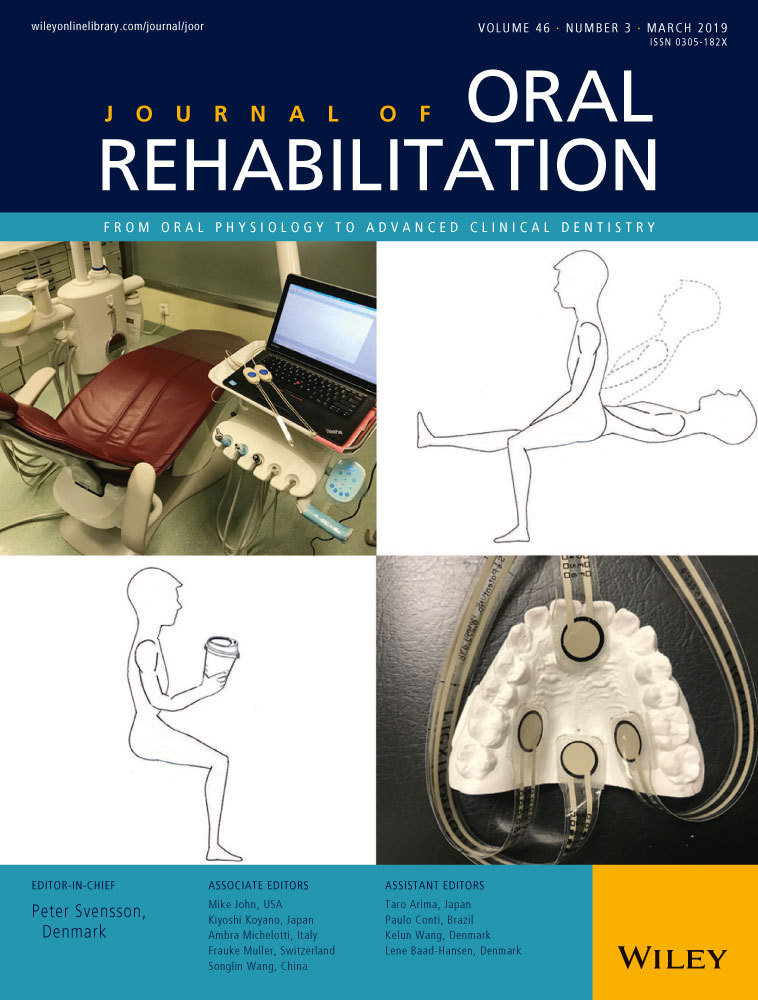Evaluation of marginal and internal fit of acrylic bridges using optical coherence tomography
Summary
Background
The potential of non-invasive optical coherence tomography (OCT) as a tool for assessment of fit of indirect reconstructions is not fully explored.
Objectives
The objectives were to investigate the feasibility and validity of OCT, and to measure the internal and marginal fit of acrylic bridges fabricated using direct and indirect digitalisation.
Methods
The accuracy of the employed swept source OCT (wavelength: 1310 nm) was assessed by comparing with an object with known dimensions. Validity was assessed by measuring an OCT measurements on replica, mimicking the cement film thickness, with stereomicroscopic measurements. The reconstructions were placed on the abutments without cementation. The internal and marginal fit of acrylic bridges from direct and indirect digitalisation techniques were then assessed by obtaining 5 OCT B-scans per abutment tooth at pre-defined positions located 250 μm apart. The marginal and internal cement gaps were measured using image-processing software (ImageJ). Mean and standard deviation were calculated for both groups and t test assuming unequal variances was carried out. The level of significance was defined at 0.05.
Results
A strong linear correlation (r = 0.865) between OCT and stereomicroscopy was found. T test showed significantly (P < 0.01) better internal fit of bridges made from indirect digitalisation, but no difference in marginal fit.
Conclusion
OCT is a feasible and valid tool for investigating internal and marginal fit of acrylic dental reconstructions. Better internal fit was observed in bridges fabricated using the direct digitalisation technique. No difference in marginal fit was found between the two fabrication methods.
CONFLICT OF INTEREST
Authors disclose no conflict of interest.




